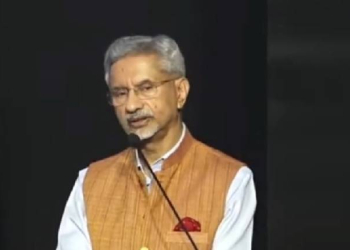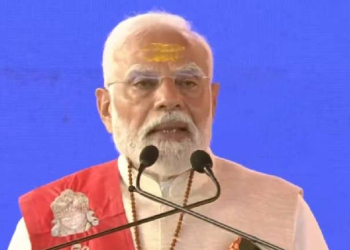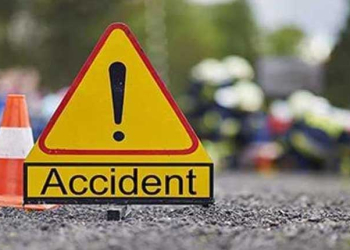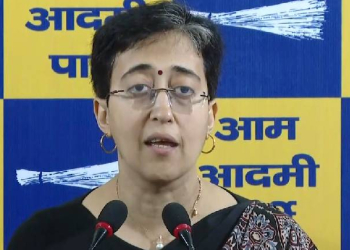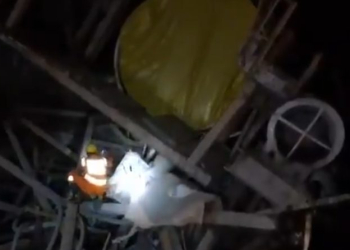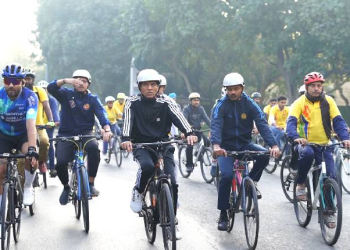New Delhi: Connectivity at three of the integrated check posts (ICPs) along the Indian border could be enhanced through rail network. The Land Ports Authority of India (LPAI), the nodal body under the aegis of the Ministry of Home Affairs, responsible for maintaining and managing border infrastructure is looking at developing rail connectivity with three of its ICPs — Raxaul, Petrapole and Jogbani. At present, no ICP is connected by railways.
In addition to this, the LPAI is also looking at the prospect of linking a few selected ICPs with nearby waterways including that of Chattogram and Mongla seaports in Bangladesh.
ICPs, handling all regulatory issues including immigration and customs, serve as a one-stop checkpoint facilitating movements of people as well as goods. Management of these ICPs is therefore critical as India looks to boost connectivity in the region.
India along with its neighbours inlcuding Bangladesh and Nepal have pressed the pedal on enhancing connectivity to speed up economic recovery in the post Covid 19 pandemic phase. South Asia, esepcailly the BBIN is one of the least integrated blocs in the world.
“Multimodal transport system through road, rail and even waterways network at ICPs is important to ensure last mile connectivity of cargo to boost trade,” Bipul Chatterjee, executive director, CUTS International told India Narrative.
While nine ICPs are currently operational, many more are in the pipeline. Most of the ICPs are on the India Bangladesh border.
The ICPs at Petrapole-Benapole near Kolkata and the Agartala-Akhaura (Bangladesh) are the two main points of trading points between India and Bangladesh, through which cross-border movement of both people and goods takes place. Trade worth more than Rs 4-6 crore takes place every day at each of the ICPs. About 100 trucks carrying goods ply from each of these two ICPs daily.
According to an Observer Research Foundation report, the India-Bangladesh land border caters to 75 per cent of the imports from and 50 per cent of the exports to Bangladesh. Of this, 30 per cent of the land based trade between the two countries take place though the Petrapole ICP.
A World Bank report published last year said that seamless transport connectivity between India and Bangladesh has the potential to increase national income by as much as 17 per cent in Bangladesh and 8 per cent in India.
“Multi-modal connectivity in the Eastern and North eastern part of India is important, not only because of the need for better port connectivity for India’s landlocked neighbours, Bhutan and Nepal, but also because it will further enhance the transport connectivity of the Northeast India with the rest of the country,” Aditya Mishra, Chairman, LPAI, said at a virtual event organized by CUTS International.
Analysts added that the Covid pandemic has further brought out the need for regional cooperation and boosting connectivity.
“The Covid pandemic has highlighted the need to expand regional cooperation, especially countries that share borders. It has given us a chance to revisit our regional strategy.. how effectively we fight back in the post pandemic phase will largely depend on our cooperation and even flexibility,” Nazneen Ahmed, Country Economist at United Nations Development Programme (UNDP), Bangladesh told India Narrative.



